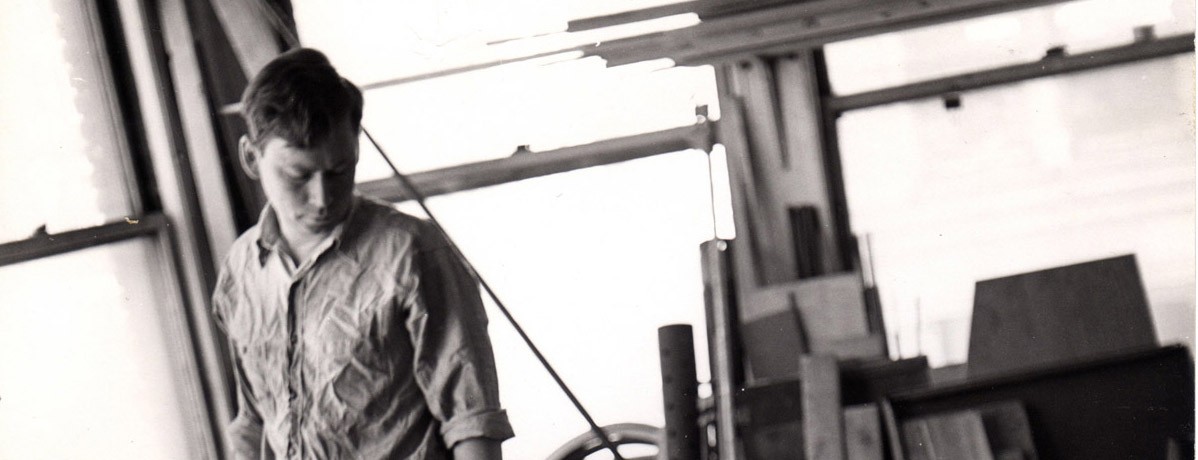

In the summer of 1960, Donald Judd moved into a loft on 53 East 19th Street in New York City where he would live and work for nine years. 19th Street was where he wrote the majority of his early art criticism and where he made many of the paintings later included in Donald Judd: Catalogue Raisonné of Paintings, Objects, and Wood-Blocks 1960-1974. It was also at 19th Street that his work shifted from paintings to making works in three dimensions.
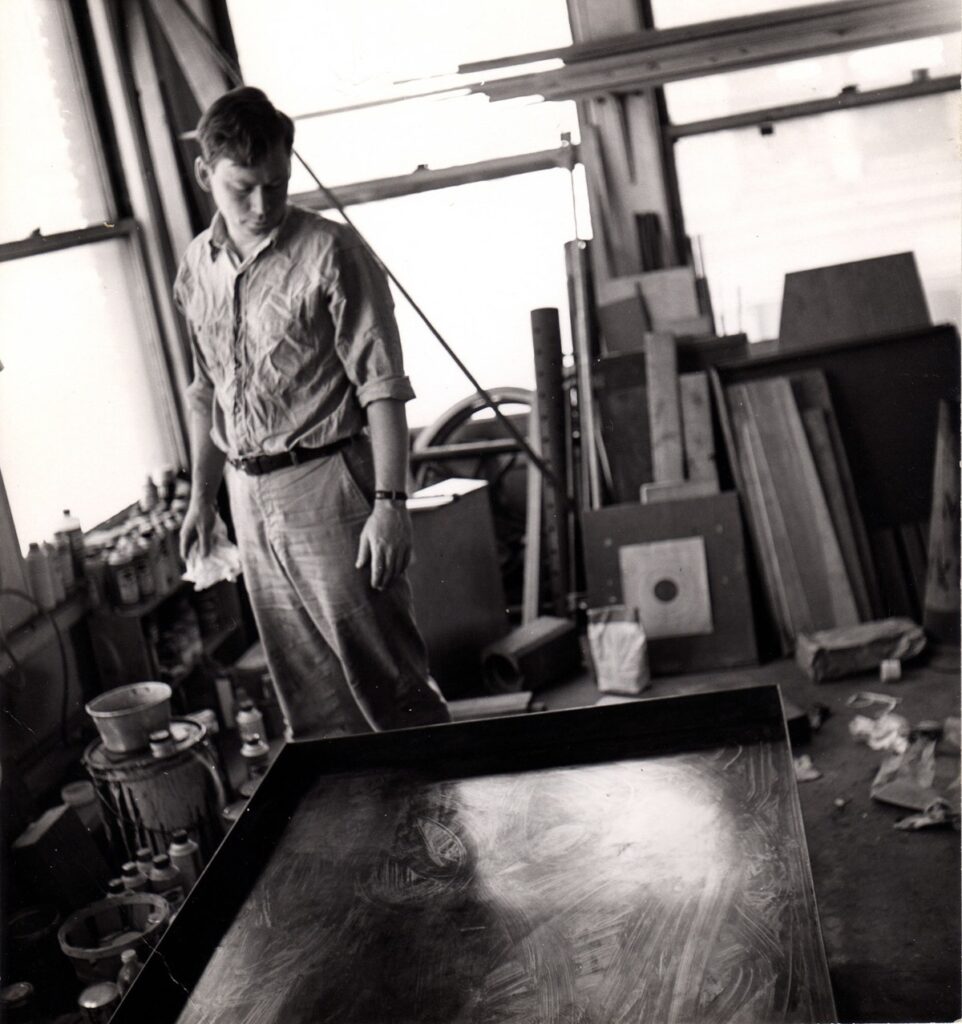
It was the artist Yayoi Kusama who helped Judd find the 19th Street loft. Judd met Kusama around the time of his review of her first solo show in New York at the Brata Gallery in October 1959. Kusama lived on the third floor of the 19th Street building, and later, Judd rented the fourth floor. As Judd recalled in an interview in 1988, “the second floor was a tailoring business, and the ground floor was a woolen business. So, there were only two [additional] tenants.” Judd recalled that, “the fourth floor became vacant and she [Kusama] told me about it, so I could have a real loft. Before that, I lived in a cold-water flat [at 304 East 27th Street], which was miserable and the apartment [at 326 East 85th Street], which was miserable in its own way.”
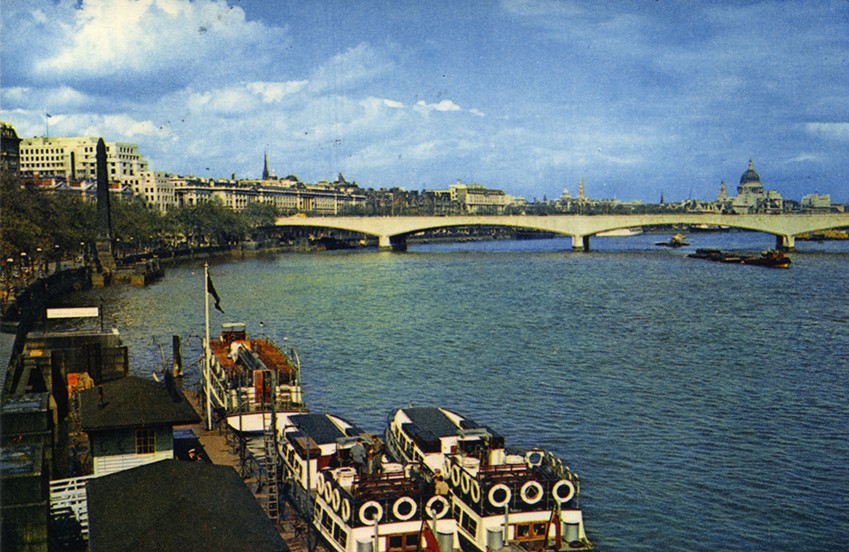

Judd developed life-long relationships while living at 19th Street, including his friendships with Dan Flavin, Yayoi Kusama, and John Wesley, as well as his partnership with the Bernstein Brothers, whose shop was originally located a few blocks from Judd’s loft.

During a visit to Kusama’s studio on the third floor, Kusama introduced Judd to Richard Bellamy, the Director of the Green Gallery. As Judd recollected, “Bellamy came to see her [Kusama’s] work and she brought him upstairs. Not that he did anything about it right away. I never went to any galleries to try to have a show. By the time my work got to where I liked it, the show came along naturally. I didn’t take the gallery business very seriously. The idea of making money from art was so remote.” In 1963, Bellamy included Judd in two group shows at the Green Gallery and presented Judd’s first solo show to include free-standing works and reliefs.
Although Judd furthered his idea of permanent installation at 101 Spring Street, the five-story cast-iron building in Soho that he purchased in November 1968 and which he moved into in the Winter of 1969, “the idea of large permanent installations, which I consider my idea,” Judd wrote, “began in a loft on 19th Street.” In extant photos, one sees the large volume of his work that he had in the loft. The photo below is notable for the amount of works that feature cadmium red light, a color that he used in many early works in wood. [See also a receipt from 1963 addressed to Judd at 19th Street from A.B. Scheumann & Son Lumber]
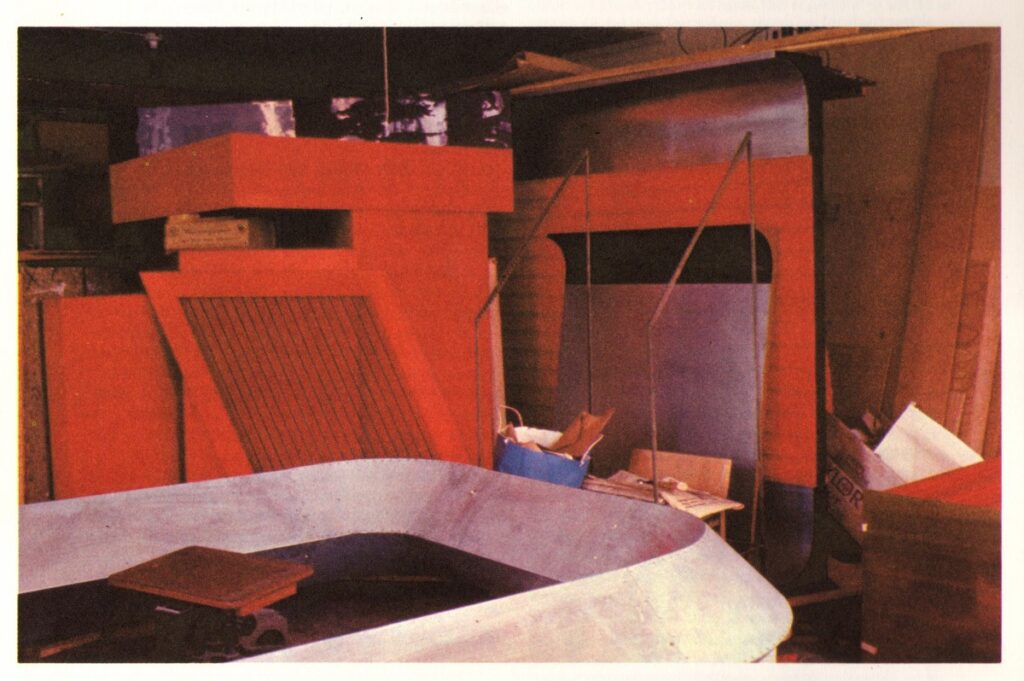

Around the time that Judd moved to 19th Street, there was a shift in the direction of his paintings and he no longer made paintings after 1962 altogether. As Roberta Smith wrote in the 1975 catalogue raisonné, “The paintings, in Judd’s terms, become more and more ‘objects in their own right.’ He thus begins a process which leads directly into three dimensions.”
When asked in the 1980s how his studio functioned, Judd described its many transformations over time:
“Well, it has changed quite a few times. I had a loft on 19th Street and Fourth Avenue in New York twenty years ago that was actually a working studio where I made the pieces myself, mostly out of wood. Before that it was a painting studio. I painted paintings there and then. I made the first wooden pieces there. So that was very much a work place, not for exhibition at all. It was very messy, full of tools, junk and work that was in the way. The last few years of the time I had that place I started having work made by a sheet-metal factory [Bernstein Brothers] and slowly the studio became much neater, and I had a lot of cactus in it and I mostly sat around making sketches. So, it was certainly not for exhibition. But the basic studio simply became a place to draw and to make sketches and think and all the work was done in a small factory nearby. Pieces were put up to look and think about, for me but not really for other people to look at. This was on 53 East 19th street.”
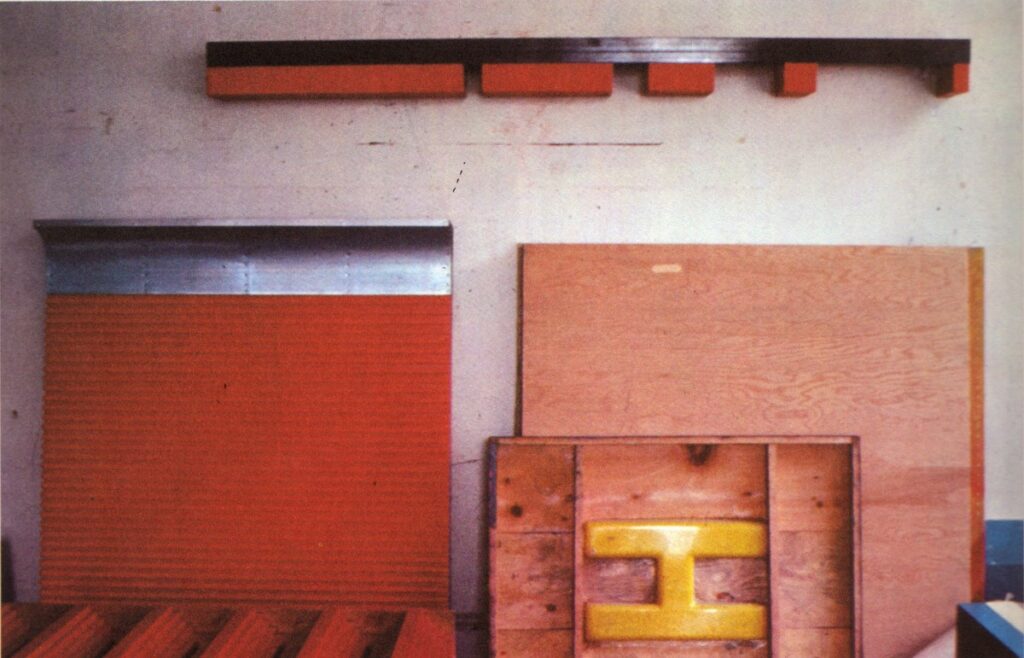
In contrast to 19th Street, many of Judd’s later homes and studios such as 101 Spring Street and his buildings in Marfa, Texas exist as Judd used them. Additionally, for many years 19th Street served as a studio in a traditional sense—a place where work is both conceived of and physically made by the artist. In this sense, 19th Street marked a crucial time in the development of Judd’s practice—his transition from work by his own hand to fabrication, painting to works in three dimensions, and the development of Judd’s thoughts on and implementation of the integration of living and working in a unified space.